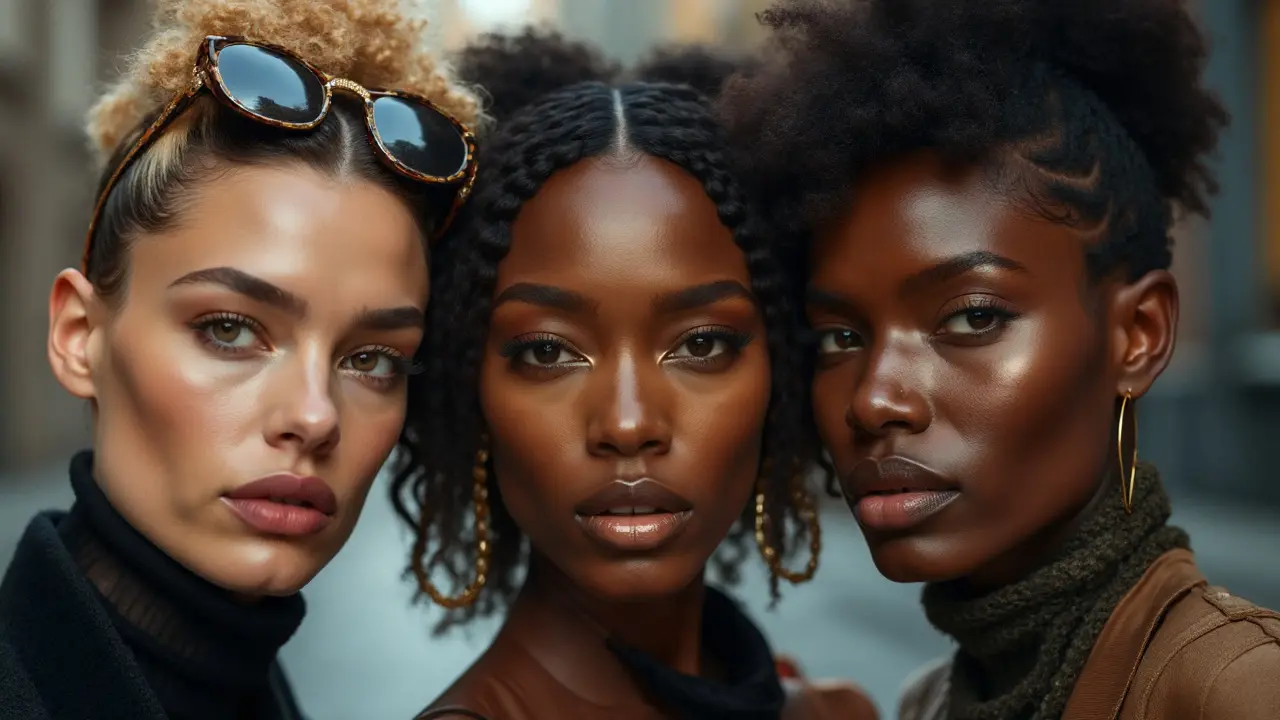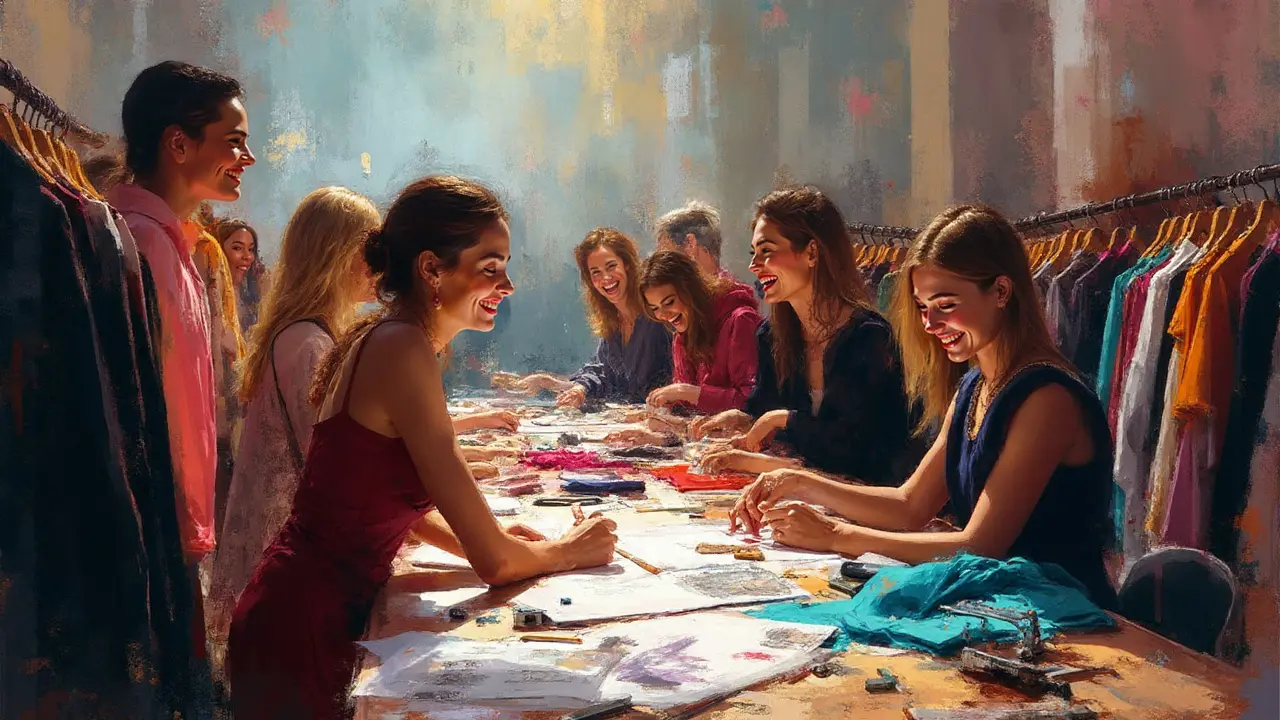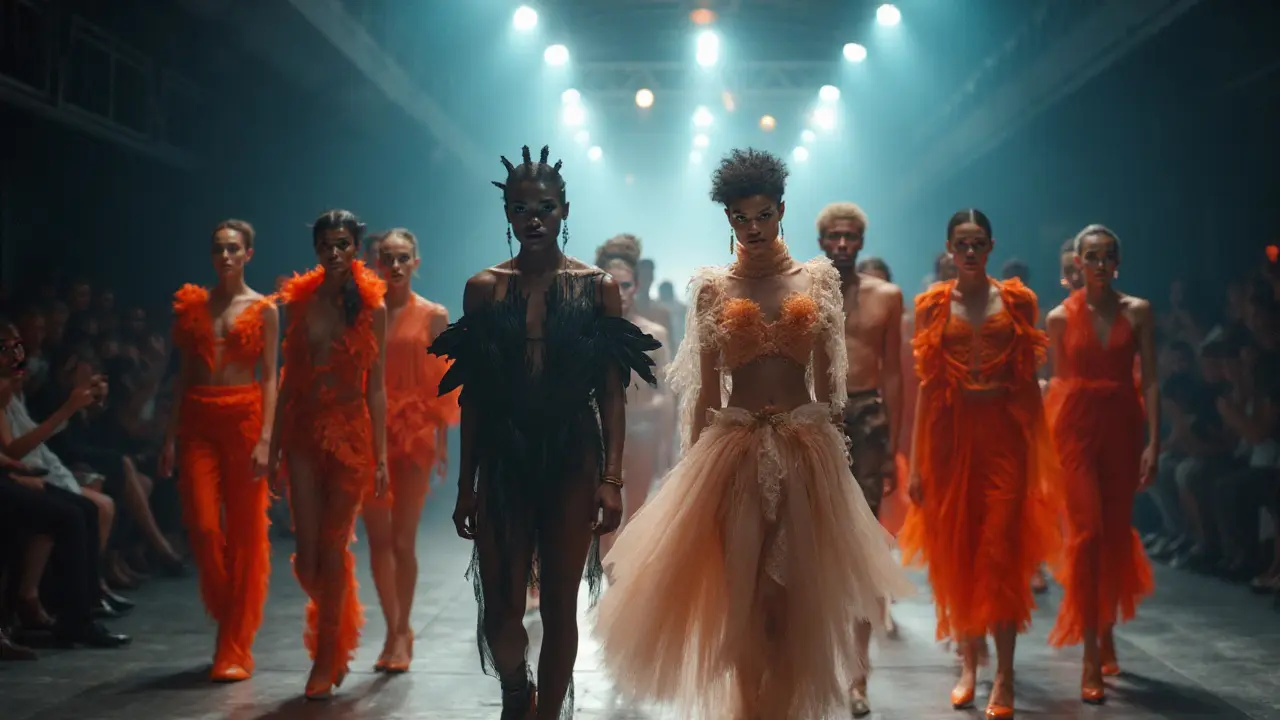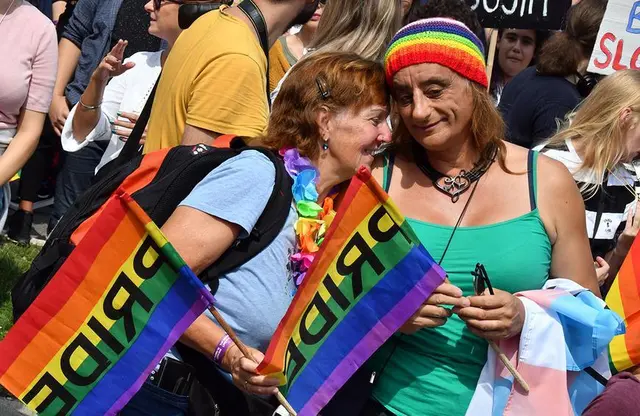Angel wings, shaved heads, a riot of colors, and bodies built like painters’ muses—runway shows look nothing like they used to. Blink and you’ll miss something wild. Last year at Paris Fashion Week, FKA Twigs did somersaults in a METAL VICTORIAN GOWN. Forget the old days when models walked with robotic sameness. Now, you’re just as likely to see someone strut in goth platform boots, a hijab, or rocking visible tattoos. Fashion’s gatekeepers have cracked their doors open, letting in a rush of new faces, shapes, and life stories. It’s shaken the whole industry in ways nobody thought possible, flipping the runway script on its head. Ever wonder how this fashion storm started—or what it means for the future?
The Changing Face of Top Models and the Runway
Models once came from a narrow world: imagine the taller-than-average, size-0, white women ruling glossy magazine covers—think Linda, Naomi, and Claudia from the iconic ‘90s supermodel squad. You could read a Vogue cover lineup like a recipe: tall, thin, fierce cheekbones, and shades of beige skin. Today, things have exploded in a wild and exciting way. Now, a top model isn’t always a runway regular with a razor-sharp jaw—sometimes it’s a person with vitiligo like Winnie Harlow, a trans woman like Leyna Bloom, or a star on social media who built an audience before ever touching a Paris runway. Traditional agencies have started to feel the heat from influencers and activists, with clients chasing impact and authenticity over cookie-cutter beauty. Gucci sent their models down a conveyor belt instead of a runway in 2018, all of them different, showing real individuality as the new must-have trend.
There’s real data behind the change. According to The Fashion Spot’s Diversity Report, the 2024 runway season was the most racially diverse ever, showing nearly 50% models of color in top shows. Ten years ago, it hovered just over 20%. Age barriers? Also falling. Maye Musk, in her seventies, scored big at New York Fashion Week. The gender binary? Less and less important. Modeling agency IMG now signs non-binary talent, and high-profile designers use models of all gender identities. It’s not just a surface-level makeover—brands know that their buyers want to see themselves represented. For brands like Rihanna’s Savage X Fenty, which shows models from petite to plus, it’s not just a style move—it’s smart business. You see this impact on magazine covers, social campaigns, and even the types of beauty editors hire.
If you’re thinking of getting into modeling today, you need way more than a pretty face and good walk. Agencies now scout for stories: activism, TikTok presence, or boundary-pushing personal style can give you a giant edge. But the industry pressure? Still sky-high. Top models speak bluntly about mental health, burnout, and the physical demands behind those one-minute runway appearances. Want to prep? Build a social platform, learn to act natural in front of any camera, and don’t be afraid to highlight what makes you unique. Read interviews by Paloma Elsesser—her honest talk about size inclusivity and career hurdles has inspired thousands. Join online open calls; even big agencies now host them monthly. Be ready for networking, adaptability, and constant reinvention. The modern runway revolution rewards authenticity like never before.

The Business Behind the Runway: Earnings, Exposure & Survival Strategies
Being a top model in 2025 is not just about strutting in stunning outfits. Most models build entire brands out of their names. Think about Gigi Hadid, who co-designs with brands, or Adut Akech turning ambassador roles into social activism platforms. Here’s a real twist: while the old-school supermodels monopolized magazine covers, today’s stars go viral overnight with a single TikTok clip or a self-styled Instagram post. Business has changed—runway paychecks are often modest unless you’re a headliner, so top models hustle hard between campaigns, endorsements, and brand collaborations. The highest earners, like Kendall Jenner or Bella Hadid, can rake in tens of millions yearly, but the real secret is they never stick to just one thing. Those viral videos? They lead to podcast deals, fitness apps, beauty lines, and magazine contracts.
Agencies also changed gears. Instead of just creating portfolios, they double as PR managers, digital strategists, and sometimes even mental health coaches. If you want to get signed, make sure your digital footprint is strong and positive. Avoid algorithm traps—having real engagement is more valuable than inflated follower counts. Major agencies like IMG and Elite scour TikTok and Insta for new faces, sometimes plucking talent from tiny towns after a single viral post. And it works both ways: models can switch agencies, negotiate their own deals, and even launch management startups (just look at Coco Rocha’s model camp, teaching new talent the ropes). Networking at events, keeping up with photographers and stylists, and never burning bridges can make or break you in this business.
Travel comes with the territory—fashion month means jet-setting from New York to London, Milan, and Paris in a few short weeks. Long flights, missed sleep, constant castings—it’s a grind. Still, those who tailor their schedule wisely and protect their stamina last longer. EPIC tip from veterans: always carry a reliable pair of podiatrist-approved shoes for backstage. Sounds boring, right? But nearly every top model has a foot horror story—just ask anyone who’s limped back to the hotel in six-inch stilettos after walking four shows in a day. Behind the scenes, there’s a fierce camaraderie, with models swapping advice about agents, skincare, and keeping grounded among the glitter. At the end of fashion month, many book a week away from the city—a cabin in the woods, a yoga retreat, anywhere to recover from the runway maelstrom.

Impact and Influence: Runway Revolution’s Ripple Effect on Fashion and Beyond
The explosion of diversity and fierce individuality on modern runways has changed more than the face of fashion—it’s forced the industry to evolve in entirely new directions. Social movements like #BodyPositivity and #MeToo have shattered the old rules, pushing agencies and brands into more responsible casting choices. Major houses like Balenciaga and Marc Jacobs have publicly committed to regular, diverse, and conscious casting, proving it’s more than a passing trend. The ripple spreads farther. Now, mainstream advertising shows people of all ages, sizes, and backgrounds. Ever seen a tech ad or a sportswear campaign featuring non-binary talent? That’s the fashion world’s revolution shining through.
Look at the 2025 Met Gala, where models didn’t just showcase clothes—they owned the theme. Dancers, drag performers, and activists mixed with traditional catwalkers, all styled up in newly interpreted archival pieces, blurring the line between high fashion and counterculture. Couples walked together, wheelchair users turned heads, and social justice issues played out on couture gowns. Anyone who follows model influencers like Precious Lee or Jill Kortleve sees raw, real-life experiences—behind-the-scenes drama, conversations about pay gaps, and even celebrations of cultural differences. They’re driving what gets popular, what designers dare to try, and even what we share online.
Even the way we shop has changed. Virtual runways and augmented-reality shows let buyers shop straight from the catwalk, sometimes before the clothes even launch in stores. Runway shows get livestreamed to millions—if you remember the paparazzi-and-power-lunch era, this is a seismic shift. High fashion trickles down so much faster, with TikTok trends and model street style inspiring mass production for brands like Zara or H&M within weeks. The fashion ecosystem is running at full speed, with models at its center, steering the conversation like never before. That’s the real power of the modern runway revolution.




